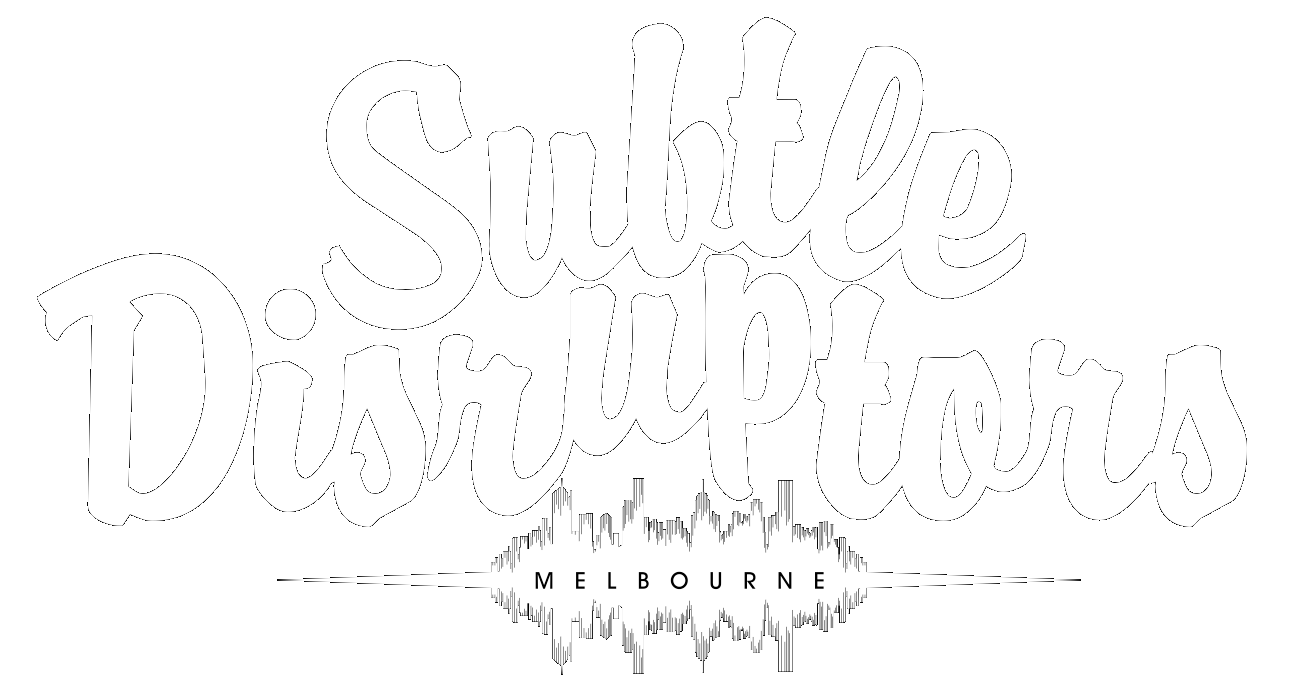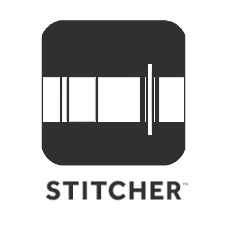For half a second I catch myself. I have been talking with a freedom I have rarely known, sharing with flow and without filter; about how I am feeling here, now; about what is really going on in my life. There is humour as I share and there are tears. Both from me and the 14 or so guys whom I am sitting with in this dimly lit room.
Some of these men are strangers. Others I have known for a while. But despite our differences in shared experience, there is a rare energy in the room, of commonality, humanity, and camaraderie.
One of the men in the room is this week’s guest, Jimmy Ferne who, together with Luck Wallace, last year founded this gathering and called it The Men’s Collective.
Every fortnightly gathering of the group is different, but the underlying purpose remains the same: to bring men together and provide a setting where they can have the types of conversations they don’t typically have, and are most likely to actively avoid. The type of conversation I found myself part of: delivered from the heart rather than the head. The type that, even though they are often about failings, insecurities, and vulnerabilities, have the impact of strengthening the speaker and drawing those who are listening closer together.
Jimmy grew up (probably like many of us) feeling like he did not fit the mould of what a man should be. Creative and artistic rather than blokey and sporty, he tried on a number of ways to feel like he was worthy and that he belonged, all of which failed. Upon reaching a point of crisis, he started to realise the power of authenticity and connection; of dropping the barriers and trappings we are told we need, and finding something real in its place.
To see Jimmy for the first time you would probably think he is a cool guy. And you would be right. But his type of coolness is not the kind that differentiates, creates walls, and keeps its distance. It is the type that is humble, open, embracing and joyful.
I love this man and think the work he is doing is so necessary and important, helping men of all backgrounds develop the type of skills we need to survive and thrive in the reality of the world we find ourselves living.
It is a joy to know him and a privilege to have him on the podcast. I hope you enjoy listening.
Podcast: Download
Subscribe: Apple Podcasts | Android | RSS




Loved this podcast, especially the part on eyegazing – I hate that!. As a part Maori who also happens to be quite bookish, I understand the feeling of not being able to identify with the traditional image of masculinity, so this episode resonated with me.
Thanks Rane! Great to hear that it resonated with you.